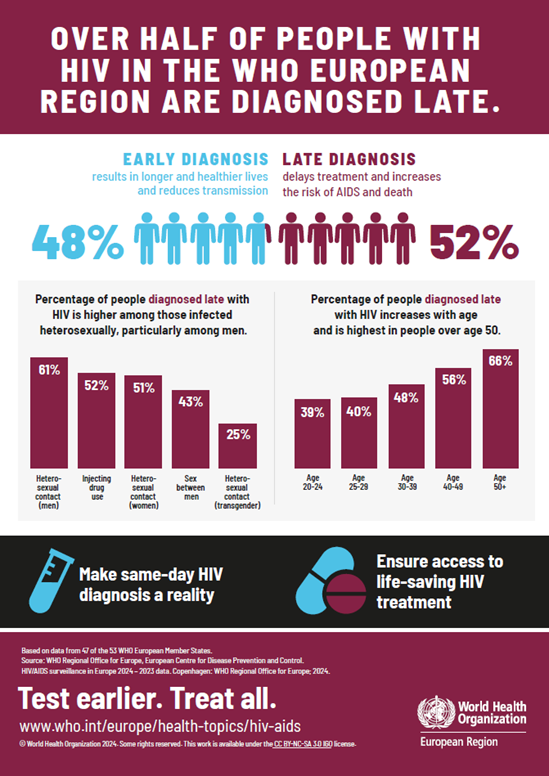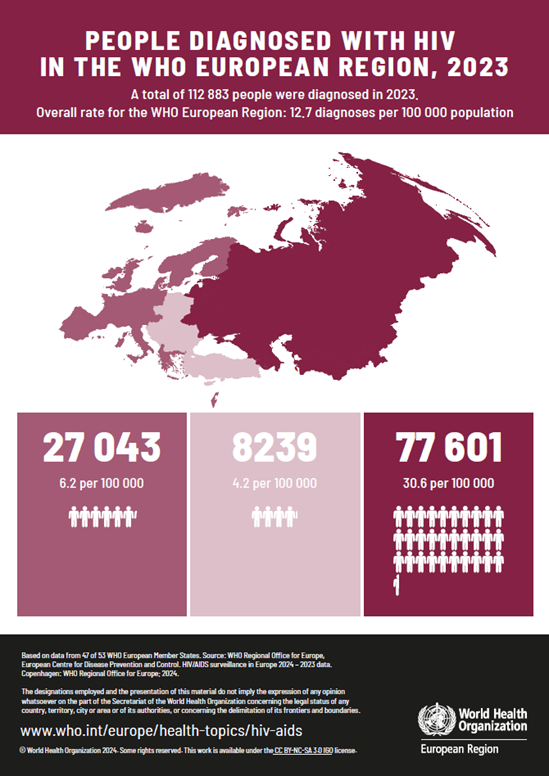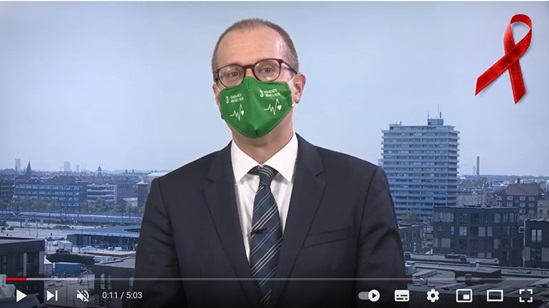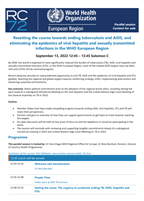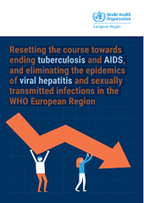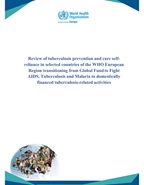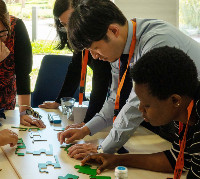HIV/AIDS
Human immunodeficiency virus (HIV) is an infection that attacks the body’s immune system, specifically the white blood cells called CD4 cells. HIV destroys these CD4 cells, weakening a person’s immunity against infections such as tuberculosis (TB) and some cancers. If the person’s CD4 cell count falls below 200, their immunity is severely compromised, leaving them more susceptible to infections. Someone with a CD4 count below 200 is described as having AIDS (acquired immunodeficiency syndrome).
The WHO European Region is committed to achieving the global goal to end AIDS as a public health threat by 2030, a commitment that was made when all 53 Member States endorsed the European Action Plan for the health sector response to HIV in the WHO European Region. In line with the Global health sector strategy on HIV (2016–2021), the regional action plan presents an implementation plan for adapting to the epidemiological, social and political contexts of the Region.
WHO has a set of guidelines and normative documents to support countries’ HIV responses in areas of intervention (such as HIV prevention, testing, treatment and care) as well as in addressing HIV key populations. WHO/Europe facilitates the dissemination and integration of these guidelines within national health protocols in countries throughout the Region. In addition to offering technical assistance for implementation, it monitors countries’ uptake of WHO policies and recommendations.






